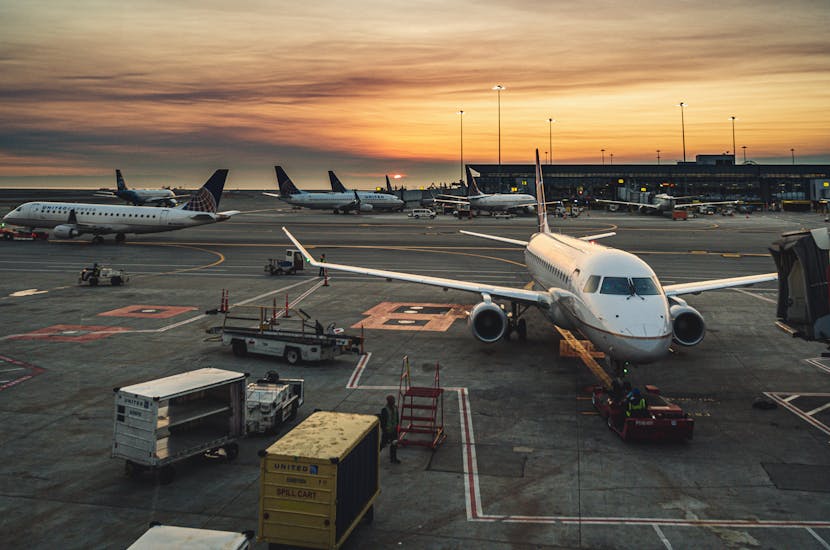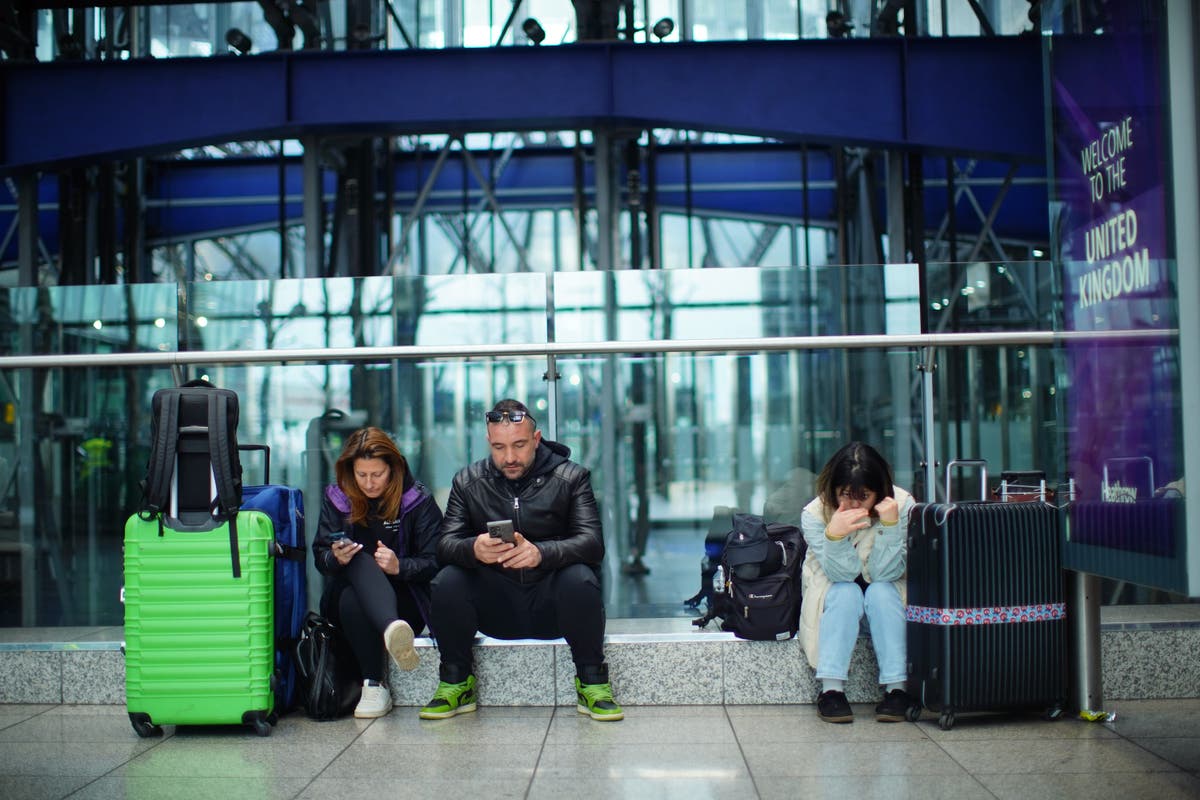Air India , one of Asia's oldest and most prestigious airlines, has flown various aircraft types throughout its history. Among these aircraft were the Boeing 767s, a model that became an essential part of many global carriers' fleets in the 1980s and 1990s. However, Air India’s use of the Boeing 767 was relatively short-lived compared to other aircraft in its fleet.
The story of the Boeing 767 in Air India’s operations is a fascinating chapter in the airline's broader history, reflecting the dynamics of aviation trends, operational shifts, and market demands. Introduction to the Boeing 767 The Boeing 767 is a widebody twin-engine jet introduced in the early 1980s, per Boeing . Known for its fuel efficiency and versatility, the 767 was widely adopted by airlines around the world for both domestic and international routes.

With multiple variants, including the 767-200, 767-300, and 767-400ER, the aircraft became one of Boeing’s most successful models. Airlines appreciated the Boeing 767 for its operational flexibility, allowing them to serve long-haul routes that didn’t require the capacity of larger aircraft like the Boeing 747. Additionally, the twin-engine design offered significant fuel savings compared to four-engine jets, making it a popular choice during the 1990s when oil prices began to fluctuate more widely.
Air India's fleet strategy During the late 1980s and early 1990s, Air India was in a transitional period. The airline had traditionally relied on a fleet .
























